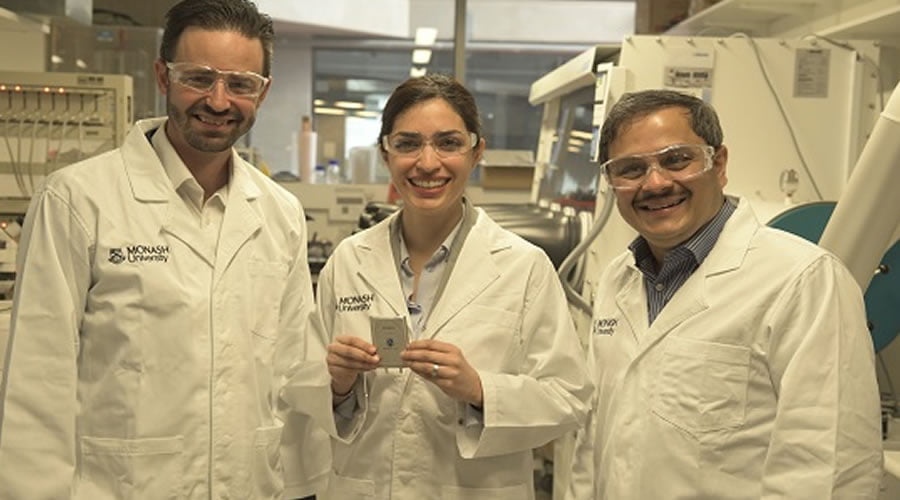Smartphone batteries are now becoming bulkier than before, earlier a mere 1000-2000 mAh batteries fulfilled our day to day phone usage. But today, with powerful processors and battery draining applications manufactures extended battery capacity on new generation smartphones.
And to cope with this problem, researchers at Monash University, Australia came up with a fantastic solution — a new powerful battery with insane backup.
A group of Monash University researchers led by Dr. Mahdokht Shaibani has developed the world’s first most efficient lithium-sulfur (Li-S) battery. The study was published in Science Advances on Saturday, 4 January 2020.
Compare to lithium-ion batteries these new stable lithium-sulfur batteries are capable of powering a smartphone for five continuous days. If you are still not surprised? Hear this — this lithium-sulfur battery can enable an electric vehicle to drive more than 1000km without needing to “refuel”. And apart from its an ultra-high capacity, Li-S battery has less environmental impact than current lithium-ion products.
To date, many scientists failed to develop a stable version of Li-S battery because, the capacity of the sulfur electrode is so large that it breaks apart over cycles of charging and discharging, and the energy advantage rapidly disappears. And to resolve this problem Monash University team tried an innovative approach and created a battery where the sulfur particles have more space to expand and contract.
The conventional approach to lithium-sulfur batteries is to have elements added that bind the particles inside to avoid the battery breaking as it expands. Researchers said this development was a breakthrough for the Australian industry and could transform the way phones, cars, computers, and solar grids are manufactured in the future.
Now Monash University researchers are on the brink of commercializing the new stable lithium-sulfur battery. Some of the world’s largest manufacturers of lithium batteries in China and Europe have expressed interest in upscaling production, with further testing to take place in Australia in early 2020.


